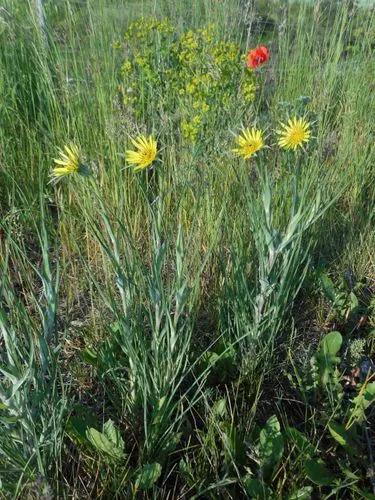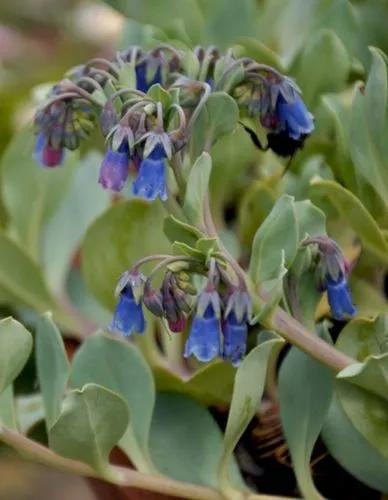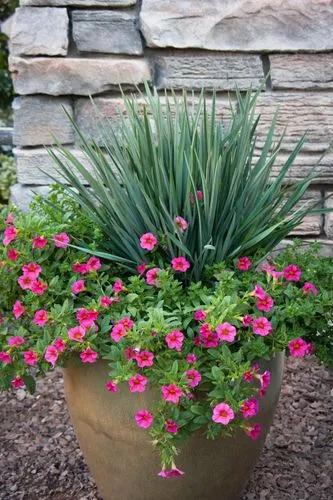This species occurs in humid to sub-humid evergreen forests on inselbergs of gneiss or granite and also on limestone. The plant is often seen growing over vegetation and rocks. Capuchin and brown howler monkeys feed on the fruits of P. aculeata, and in some regions of Brazil they are its main dispersers. This species is common and widespread. The population trend is decreasing at the same rate as the forest in which it occurs; however, the species is still quite abundant. This plant is a declared weed in South Africa where it does extensive damage to forest areas by smothering indigenous trees. The plant has a tendency to form large, impenetrable clumps and the spines on the stems make control of large infestations difficult. The plants can regrow from leaves or pieces of stem.
Leaf Cactus Care
Pereskia Aculeata



How to Care for the Plant

Water

Water regularly during the active growing season from March to September. No water should ever be allowed to stand around the roots. Keep almost completely dry in winter. It is drought resistant, but leaves drop during drought.

Pruning

Can be pruned for shape and branching.

Sunlight

full sun or light shade (but withstand dense shade)

Soil

well drained soils, preferably rich neutral organic soils, but may tolerate acidic ones and is suited for tropical or subtropical climates

Temperature

Considered frost tender, but surprisingly cold hardy outdoors and also very sun hardy for a succulent plant. It likes warmth (recommended minimum winter temperature 10° C) however plants kept perfectly dry can can survive low temperatures, approx. to -3°C., but for safe cultivation it is best to avoid freezing temperatures. Never let the roots chill. Deciduous below 4°C.

Popularity

748 people already have this plant 83 people have added this plant to their wishlists
Discover more plants with the list below
Popular articles






